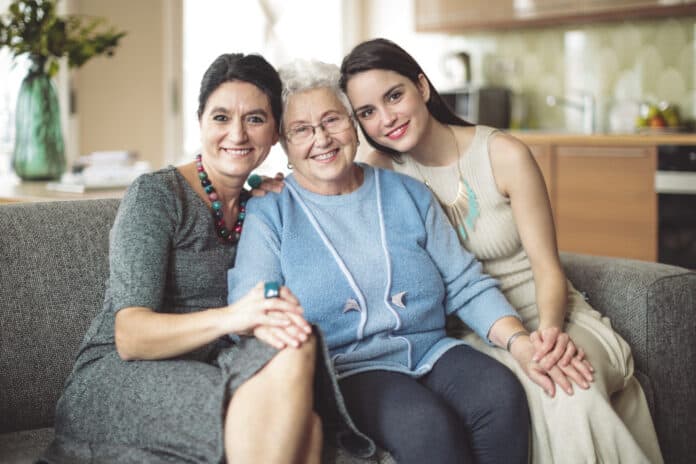When actress Olivia Munn revealed in March that a breast cancer risk assessment started a path to her doctors detecting an aggressive type of breast cancer, Munn’s story illuminated an important tool women can use to arm themselves in the fight against cancer.
The easy-to-complete Tyrer-Cuzick breast cancer risk assessment is an integral part of every patient’s breast cancer screening and mammogram at the Star and Barry Tobias Women’s Health Center at CentraState. The assessment is used by clinicians at the center to calculate a patient’s lifetime risk of developing breast cancer.
“This assessment allows our clinicians to get a broader understanding of a patient’s risk beyond the known prevalence of cancer in the family,” says breast surgeon John Pellegrino, MD, medical director of CentraState’s Comprehensive Breast Cancer Program.
A Simple, Quick Assessment
When a patient arrives for a mammogram at the Star and Barry Tobias Women’s Health Center, completing a private 10-minute breast cancer risk assessment questionnaire on a tablet is part of the registration procedure. The patient keys in information about their personal or family history of breast and/or other cancers, surgical history, hormone and contraception uses, lifestyle information, and age at the first menstrual period, first childbirth, and menopausal history if applicable. The assessment securely calculates results using a computer model.
Once the patient has had their mammogram and returns home, a clinician uses the assessment’s results and a radiologist’s interpretation of the mammogram to calculate the patient’s breast cancer lifetime risk.
If patient is determined to be at high risk for developing breast cancer, they may choose to enroll in CentraState’s High Risk Breast Cancer program. As part of the program, follow-up may include a consultation and exam with a breast specialist. A personalized care plan and monitoring roadmap will be crafted based on the patient’s unique needs and medical history.
“Women, and also men, at high risk need a different surveillance strategy, which, in addition to the mammogram, may include an annual breast ultrasound, MRI, or genetic testing,” says Dr. Pellegrino. “Our high-risk breast cancer program allows us to more easily identify these patients and offer them the personalized services they need so that we can save lives.”
The Gold Standard is a Mammogram
Karen Lowe, DNP, an advanced practice nurse at the High-Risk Cancer Surveillance Program, reminds us that a mammogram remains the gold standard for detecting breast cancer at an early stage, before it has spread into surrounding lymph nodes or tissue.
“Early detection leads to the best outcomes,” says Lowe. “However, for some women, a mammogram may not be enough. That is why our breast cancer program looks to see if you need any additional screening methods.”
The American Cancer Society recommends all women begin receiving screening mammograms by age 40, or earlier if their physician advises a different schedule based on a family history of breast cancer.
The Star and Barry Tobias Women’s Health Center is accredited by the American College of Radiology as a Breast Imaging Center of Excellence. Key services include advanced 3-D mammography for screening and diagnostic mammograms, diagnostic testing, a high-risk assessment and monitoring program, and bone density screenings for osteoporosis.
Visit CentraState’s website to request a mammogram appointment. For most patients a “routine” screening mammogram at CentraState Medical Center does not require a prescription or referral. Patients may also refer themselves to the high-risk monitoring program. For more information, call 732-660-4380 or visit our centrastate.com/breast-cancer-screenings





